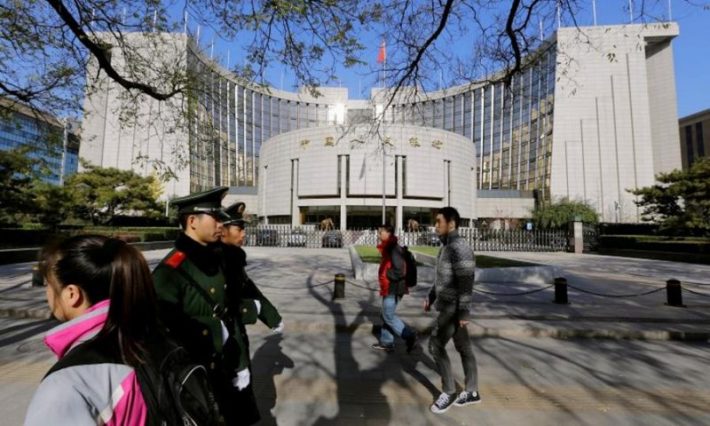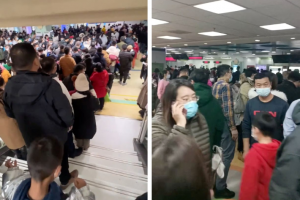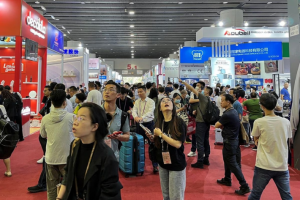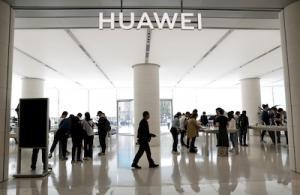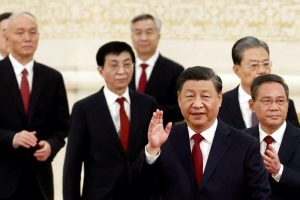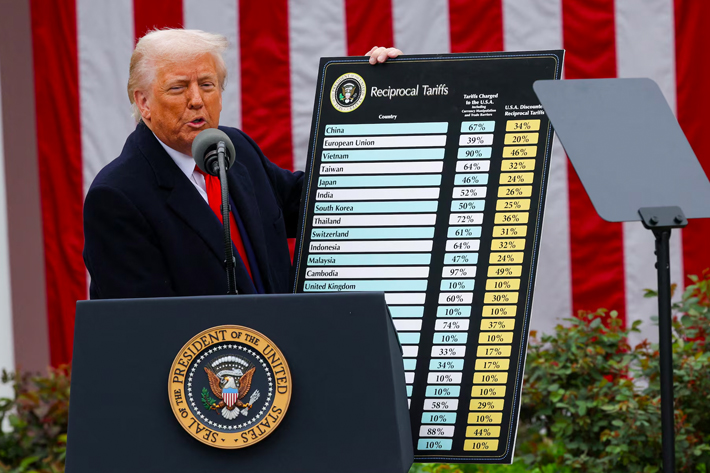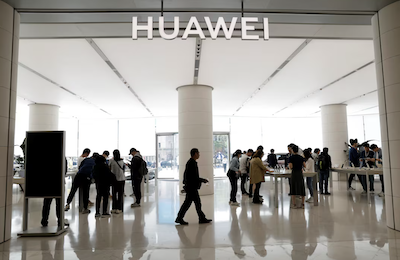China’s central bank this week withdrew the most cash from its financial system in three months, indicating it may be shifting away from crisis-mode policy settings as the economy recovers.
The bank stepped up easing in recent months after sweeping Covid lockdowns had hammered growth, but recent signs of a rebound now suggest it’s on the path to policy normalisation.
“Monetary policy has returned to normal from a crisis response mode,” said Ming Ming, chief economist at CITIC Securities.
The People’s Bank of China (PBOC) cut its daily cash injection to a tiny 3 billion yuan via open market operations this week, resulting in a net drain of 385 billion yuan ($57.46 billion), the biggest weekly withdrawal since early April when the financial hub of Shanghai entered a two-month-long lockdown to stem the spread of the virus.
China’s economy is recovering, Premier Li Keqiang said on Thursday, even as he warned that ”arduous efforts” will be needed to stabilise it.
ALSO SEE: Li Says Chinese Economy ‘Not Solid’ as Analysts Doubt Recovery
Rise in Borrowing
The PBOC reduced the cash banks must set aside as reserves in April and lowered a key benchmark used for pricing mortgage in May to stimulate the economy. More recently, manufacturing and service sector data have surprised to the upside.
“Looking ahead, we think the monetary authority would be careful and data-dependent in calibrating its stimulus,” Citi analysts said in a note, pencilling out further policy rate reductions in coming months.
The sizable cash withdrawal lifted the government bond yield curve and interbank money rates. The benchmark seven-day repo traded in the interbank market rose about 3 basis points from last Friday to 1.7068% while still below the PBOC’s reverse repo rate of 2.1%.
“It is normal for the PBOC to reduce the reverse repo volume after the half year-end peak period, but a sudden decline to just 3 billion yuan has weighed on market sentiment,” a trader at a Chinese bank said.
Some analysts pointed to how the monetary easing had already led to a buildup in borrowing.
Turnover in overnight repos, a gauge that analysts usually use to track the leverage conditions in the bond market, spiked in June. Official data showed that the volume of such repos traded jumped 50.6% last month to near 110 trillion yuan from the same period a year earlier, and grew 14.7% from May.
Market participants usually take advantage of the ultra low cost of the short-term financing tool to fund their investments in government bonds for profits.
Such a pickup in leverage trade suggested “the PBOC’s move could be aimed at combating cash idling in the market,” Xiong Yuan, chief economist at Guosheng Securities, said.
- Reuters with additional editing by Jim Pollard
ALSO on AF:
China Services Sector Expands at Fastest Pace in a Year
China’s Factory, Services Activities Expand as Lockdowns Ease
Asia Factory Activity Falls as China Lockdowns Hit Supply Chains




